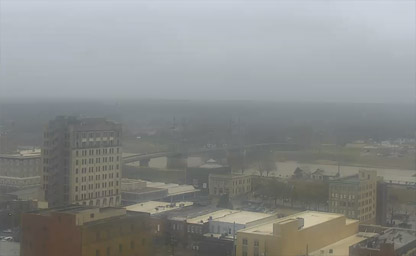
Alexandria
The ninth-largest city in the state of Louisiana

The ninth-largest city in the state of Louisiana
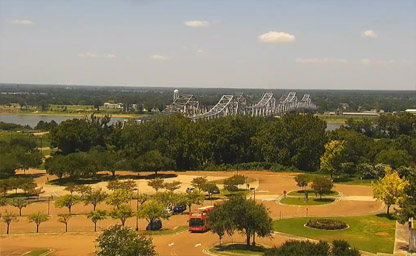
Located btween Natchez, Mississippi and Vidalia, Louisiana
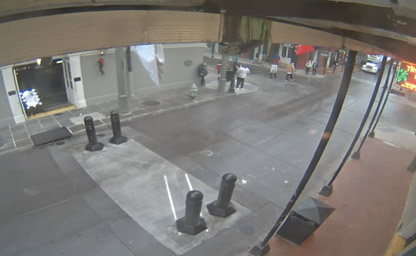
Some of the most exciting blues and New Orleans style musical groups
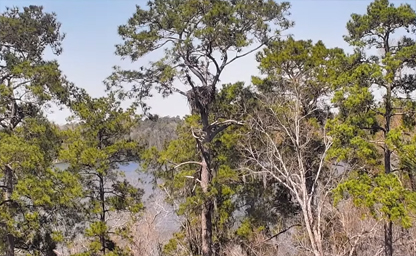
Situated in the forested piney hills and hardwood bottoms of seven central and northern parishes
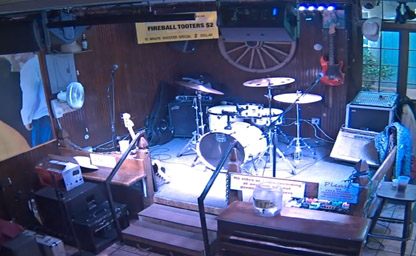
Bourbon Street's premier blues club keeps that New Orleans music tradition alive and movin'
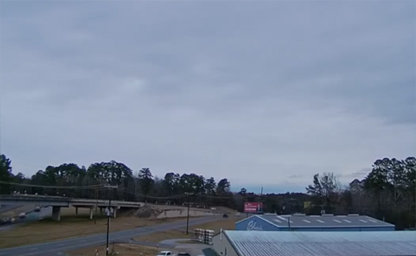
Officially known as U.S. Route 165
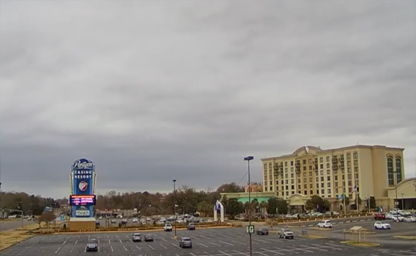
Situated on Highway 1 in Marksville
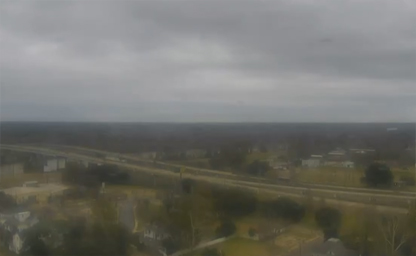
The parish seat and largest city of Rapides Parish
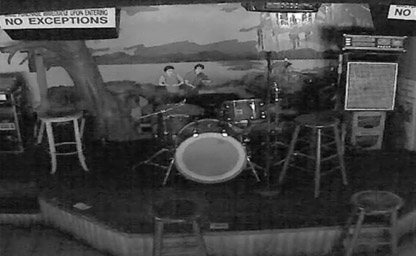
With music provided by Late As Usual, you can expect a party any night of the year

Great entertainment, instant good friends and that mother of all mega-drinks
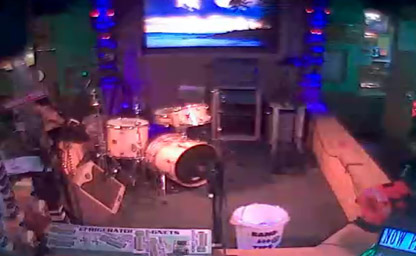
In the heart of the French Quarter

Looking Southeast along I-210 towards

Looking East along I-10 and white-sand beach on Lake Charles

Looking West along I-10 and across the Calcasieu River Bridge
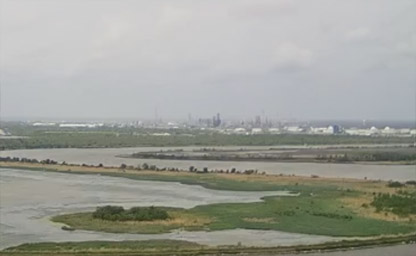
Looking Southwest from the L'Auberge Casino Resort towards
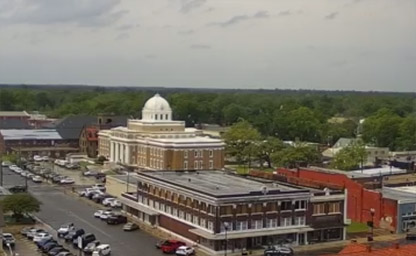
A small portion of the city extends into Vernon Parish
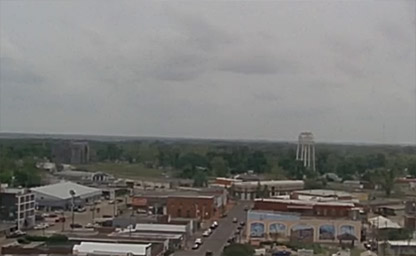
A city in, and the parish seat of beautiful, Jefferson Davis Parish
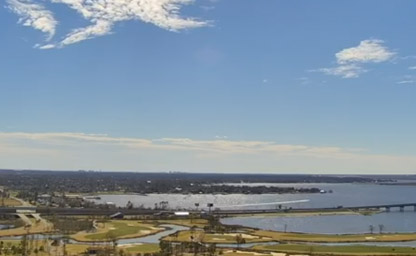
The Port of Lake Charles is an industrial port
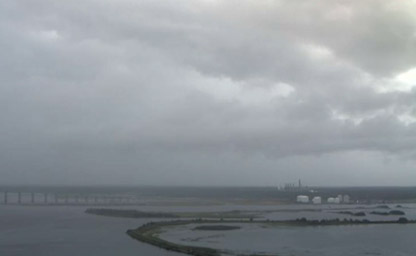
Situated on a level plain about 30 miles from the Gulf of Mexico
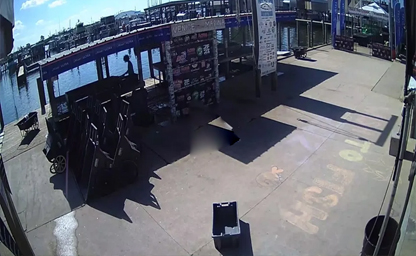
This has earned the town the nickname "The end of the world"
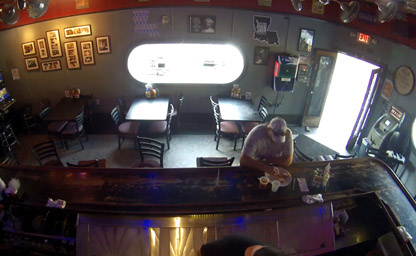
Here's what's happening in the front bar at Buffa's right now
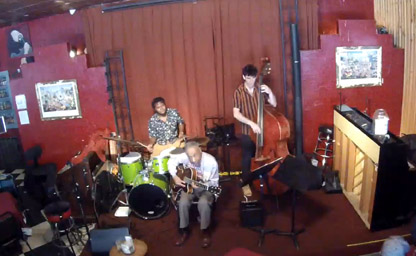
As always, Buffa’s is proud to feature the wonderful “Some Like It Hot” traditional jazz band at our Sunday Brunches
Live cameras are not just a technological marvel; they are a bridge that connects the university to alumni, prospective students, parents, and curious viewers worldwide. By offering a live feed, LSU creates an inclusive and transparent atmosphere that showcases its vibrant campus and diverse activities.
For alumni who long to revisit the campus where they built cherished memories, live cameras provide an emotional connection. Families of current students can also gain peace of mind by catching a glimpse of the surroundings where their loved ones study and grow.
LSU’s campus is a blend of historic charm and natural beauty, featuring stunning oak trees, Gothic-style architecture, and the iconic LSU Lakes. Live cameras highlight these elements, offering a picturesque view that entices prospective students and visitors to experience the campus firsthand.
LSU has strategically placed its live cameras to capture some of the most beloved and dynamic spots on campus. Here are a few notable locations:
Perhaps the most famous live camera feed is from the habitat of Mike the Tiger, LSU’s live Bengal tiger mascot. Fans and animal lovers worldwide can tune in to watch Mike relax, play, and interact with his environment.
The Parade Ground is a central hub of activity at LSU, hosting student gatherings, events, and leisurely afternoons. The live camera here captures the essence of student life and the dynamic energy of the campus.
Known as “Death Valley,” Tiger Stadium is home to LSU’s legendary football team. A live feed from this location gives fans a glimpse of the stadium, whether it’s game day or an off-season moment of serenity.
Beyond entertainment and engagement, LSU’s live cameras have a significant educational value. They serve as tools for research, campus planning, and security, offering insights into the campus environment in real time.
Live cameras provide a valuable resource for tracking weather patterns in the Baton Rouge area. This is particularly important in a state like Louisiana, where storms and hurricanes can significantly impact daily life.
Accessing LSU’s live cameras is easy and user-friendly. Simply visit the university’s official website or search for specific live camera feeds. The streams are accessible 24/7, offering a constant connection to the heart of LSU.
Louisiana State University’s live cameras are more than just a window into the campus—they are a symbol of connection, transparency, and pride. Whether you are an alumnus reliving your glory days, a prospective student exploring your future, or a curious viewer admiring the beauty of LSU, these live feeds offer something for everyone. Tune in and experience the magic of LSU in real time!
Louisiana's history is a fascinating tapestry woven from the threads of Native American, European, African, and Caribbean cultures. Before European exploration, the region was inhabited by indigenous groups such as the Caddo, Choctaw, and Natchez tribes, who developed complex societies and agricultural systems. These Native American communities thrived along Louisiana's rivers, particularly the Mississippi, utilizing its resources for sustenance and trade.
The first European to explore the region was Spanish explorer Hernando de Soto in 1541, but it was the French who established a lasting presence. In 1682, French explorer René-Robert Cavelier, Sieur de La Salle, claimed the territory for France, naming it "La Louisiane" in honor of King Louis XIV. The French colonial period saw the establishment of New Orleans in 1718, which became a critical port city due to its strategic location near the Gulf of Mexico and the Mississippi River.
Louisiana's history took a dramatic turn in 1762 when France ceded the territory to Spain as part of the Treaty of Fontainebleau. Under Spanish rule, the colony's diverse population grew as settlers from Spain, France, and Africa arrived. The influence of Creole culture blossomed during this period, blending European, African, and Caribbean elements. The territory was returned to France in 1800, only to be sold to the United States in 1803 as part of the Louisiana Purchase, doubling the size of the young nation.
The antebellum period in Louisiana saw a thriving economy based on agriculture, particularly sugarcane and cotton, supported by enslaved African labor. This era also solidified Louisiana's unique cultural identity, marked by its Creole heritage, vibrant music, and distinct cuisine. However, the Civil War and the abolition of slavery in 1865 brought significant economic and social upheaval. Reconstruction efforts aimed to rebuild the state, but racial tensions and systemic inequalities persisted well into the 20th century.
In modern times, Louisiana has become a cultural hub known for its music, including jazz and zydeco, and its world-famous Mardi Gras celebration. Its history remains a testament to resilience and cultural fusion, attracting millions of visitors eager to explore its rich past and unique traditions.
Louisiana’s climate is classified as humid subtropical, characterized by long, hot, and humid summers and mild, short winters. This climate is heavily influenced by the Gulf of Mexico, which moderates temperatures and contributes to the state's high levels of precipitation. Average summer temperatures often soar above 90°F (32°C), with high humidity making it feel even hotter. Winters are generally mild, with temperatures rarely dropping below freezing, especially in the southern part of the state.
Rainfall is abundant throughout the year, averaging between 50 and 70 inches annually, making Louisiana one of the wettest states in the U.S. Thunderstorms are frequent, especially in the summer months, and the state is highly vulnerable to hurricanes. The hurricane season, running from June to November, poses a significant threat due to Louisiana's low-lying geography and extensive coastline. Hurricanes like Katrina in 2005 and Ida in 2021 have left lasting impacts on the state's infrastructure and communities.
The diverse climate has a profound effect on Louisiana’s agriculture, ecosystems, and way of life. The warm temperatures and ample rainfall create ideal conditions for crops like sugarcane, rice, and cotton. The climate also supports a rich variety of wildlife, from alligators in the swamps to migratory birds along the Mississippi Flyway. Seasonal variations, such as the vibrant colors of fall and the lush growth of spring, add to Louisiana’s natural beauty.
Louisiana's geography is a distinctive blend of wetlands, bayous, prairies, and forests, shaped by its proximity to the Gulf of Mexico and the mighty Mississippi River. The state covers approximately 52,000 square miles, making it the 31st largest in the United States. Its unique landscape is divided into three primary regions: the Mississippi Alluvial Plain, the Gulf Coastal Plain, and the Uplands.
The Mississippi Alluvial Plain, also known as the Mississippi Delta, is characterized by fertile soils deposited by the river’s flooding over millennia. This region includes vast wetlands, swamps, and bayous, such as the Atchafalaya Basin, the largest swamp in the United States. These ecosystems are rich in biodiversity and serve as critical habitats for numerous plant and animal species.
The Gulf Coastal Plain encompasses Louisiana’s southern coastline, featuring sandy beaches, barrier islands, and salt marshes. This region is vital for its oil and gas resources, as well as its role as a buffer against storm surges and hurricanes. Coastal erosion, exacerbated by rising sea levels and human activities, remains a pressing environmental issue for Louisiana.
The Uplands, located in the northern part of the state, consist of rolling hills, pine forests, and prairies. This region is less swampy and more elevated compared to the southern areas, offering a contrast in landscape and vegetation. The Kisatchie National Forest, Louisiana’s only national forest, is situated here and provides opportunities for outdoor recreation and wildlife observation.
The Mississippi River is undoubtedly the lifeblood of Louisiana, shaping its geography, economy, and culture. The river's vast network of tributaries and bayous connects the state’s interior to the Gulf of Mexico, facilitating trade, transportation, and a vibrant fishing industry. Other significant water bodies include Lake Pontchartrain, a large brackish estuary near New Orleans, and the Red River in the northwest.
Louisiana’s geography is not only a source of natural beauty but also a key factor in its challenges, such as coastal erosion, flooding, and the need for sustainable environmental management. Despite these challenges, the state’s landscape remains a vital part of its identity and appeal.
An intriguing tip for travelers exploring Louisiana is to visit the Jean Lafitte National Historical Park and Preserve, where you can experience the state’s diverse ecosystems, from swamps to marshes, while learning about its historical significance.
Did you know that Louisiana has a rich geological history as well? It was once covered by a shallow sea millions of years ago, and fossilized remains of ancient marine life can still be found in some areas. This fascinating geological past has contributed to the state’s fertile soils and abundant natural resources, making Louisiana a true gem of the American South.